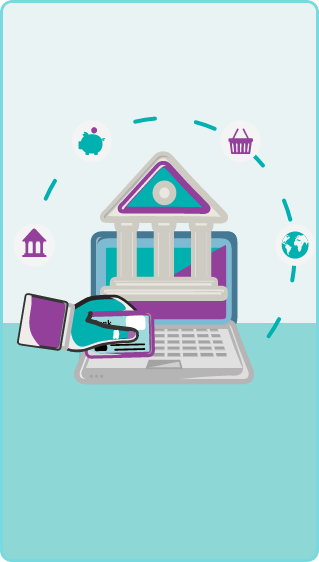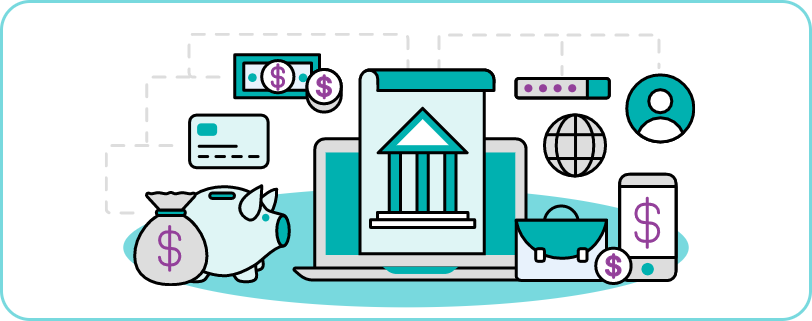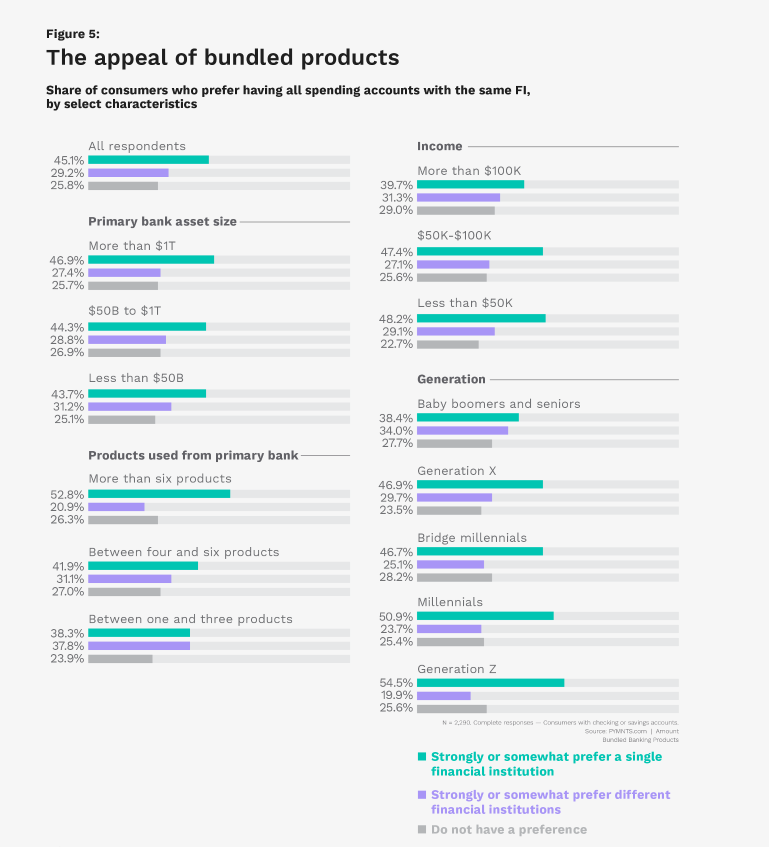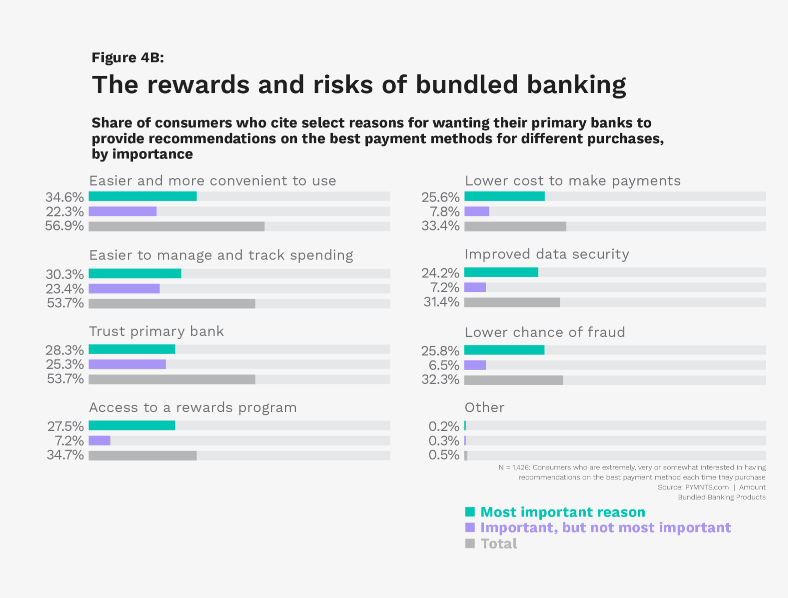



For the bank, bundling is an effective strategy to build and deepen relationships with customers. As banking increasingly moves to open and ecosystem models, bundling can help banks develop truly customer-centric offerings that serve customer needs. From helping design better rewards and drive better engagement to ensure effective cross-selling and upselling, bundling can prove to be a game changer. It can also help banks improve their deposit base. Bundling strategies are a win-win for both the customer and the bank. Little wonder then, that 95 percent of financial businesses don’t believe there is any disadvantage associated with bundling.2
The Future of Bundling in Banks
The global macroeconomic conditions in the past year have been incredibly tough and the business of banking is going through some unprecedented challenges right now. Increasingly stringent regulations, market disruptions, and emerging competition is making it difficult to grow revenues and report profits. At this point in time, retaining customers and increasing deposit amounts are critical for banks. They simply cannot afford to lose customers because of a lack of effective bundling strategies. Of course, the customer inclination to switch banks depending on bundled offers can also be viewed as an opportunity. A bank can quickly ramp up and improve its bundling strategies to tap into the customer base moving out from a competitor in search of relationship-based bundles and a unified engagement and experience.
In this, most traditional banks have an edge over fintechs and tech giants. Traditional banks have always had some form of bundling strategy in place. Most banks offered a wide variety of products and services that customers used. They had in place some rudimentary bundling strategies based on broad segmentation data such as geography or customer demographics. The entry of fintechs into the sector saw the systematic unbundling of banking products as they chose to offer specialized products and services, i.e., only one specific offering to address one specific customer requirement. But with changing customer demands, and the emergence of open banking ecosystems. Fintechs are also expanding the scope of their operations to include other financial services. But traditional banks already have hugely diversified portfolios and enjoy significant customer trust. 94 percent of banks are confident that they are a one-stop-shop for their customers, as compared to 82 percent fintechs.3 Now all that’s left for banks to do is leverage technology to create better relationship-based and value-driven bundles. This is possible with improved segmentation and a holistic understanding of customer behavior across the banking ecosystem.
Re-imagine Bundling Strategies with Technology
Now is the time for banks to ramp up their digital transformation efforts and partner with third-party solution providers who can help them implement robust digital solutions without touching the legacy core. SunTec Xelerate is a cutting-edge revenue management platform that can help banks transform their pricing and billing functions seamlessly and effectively. Over 130 clients globally rely on SunTec to break down silos, unify data, and implement customer-centric and relationship-based strategies that resonate with the modern customer. With SunTec, banks can create and manage personalized bundles that meet customer requirements and help them manage their finances better. Bundling strategies with SunTec’s Xelerate can drive greater customer satisfaction, prevent attrition, deepen customer relationships, and ultimately increase deposits and revenues for the organization.
In fact, SunTec is already helping banks across the world deploy effective bundling strategies and grow their revenues. For example, one of South Africa’s largest diversified financial services groups wanted to improve customer engagement and retention while increasing deposits and revenues. Their siloed infrastructure did not lend itself to effective bundling programs and they were also dealing with significant revenue leakage. SunTec Xelerate helped them unify product silos to launch an innovative bundling program that was designed to increase cross-selling and upselling opportunities. With SunTec Xelerate, the bank was able to rationalize more than 30 legacy products across silos. This helped the bank to grow its customer base by 100,000 in just 6 months. This deployment and transformation effort won prestigious awards in the region and more importantly, helped the bank plug revenue leakages to maximize profits.
Banks can no longer afford to drag their feet on their modernization efforts. Today’s customers demand an easy and comprehensive banking experience and bundles deliver that requirement. In a market where happy customers spell the difference between profit and loss, banks must focus on delivering the best bundles of products and services for customers. This is not possible to achieve in an environment where siloed legacy architecture and processes still exist. Robust technology transformation with cloud-native solutions that draw on emerging technologies like Artificial Intelligence and Machine Learning is the need of the hour. A tech-powered overhaul of legacy revenue management, pricing, and billing systems can help banks create and manage effective personalized bundling options that meet customer expectations.
1PYMNTS
2,3Fintech Global